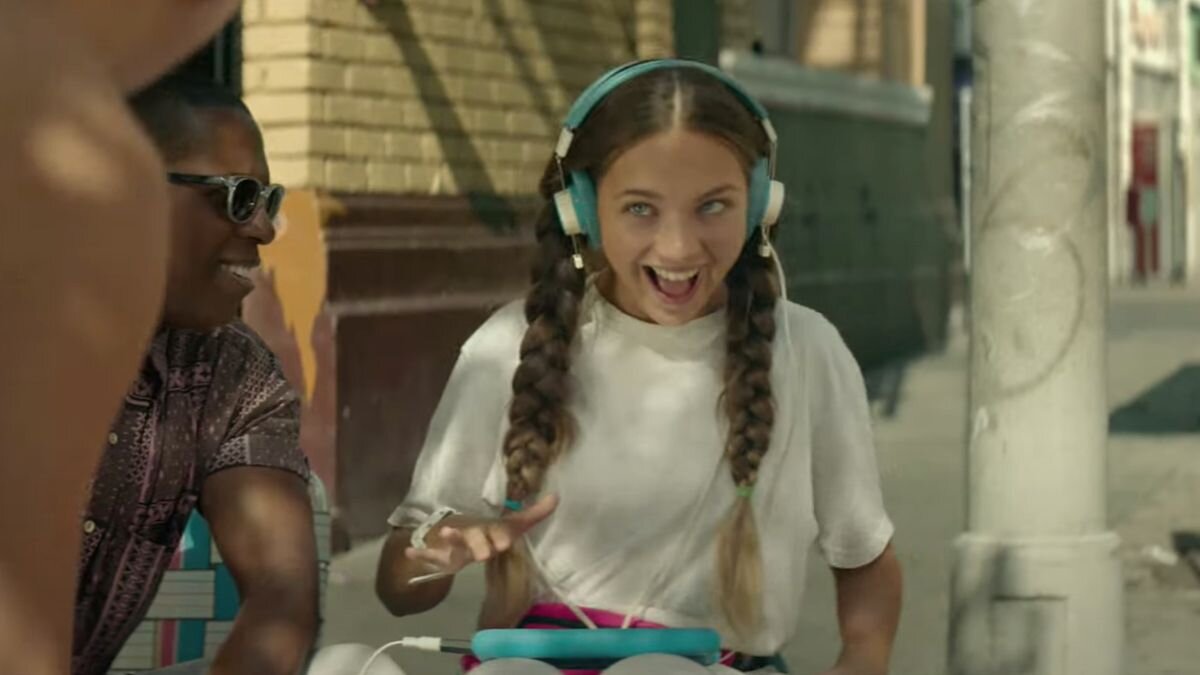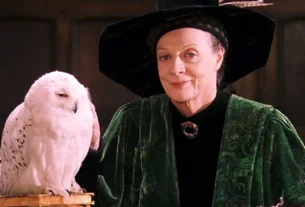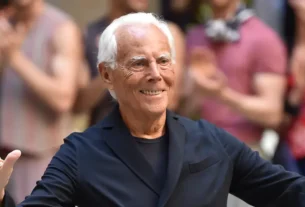In recent years, Hollywood has made significant strides toward diversity and inclusion, with increased representation of different races, genders, and sexual orientations. However, one area that remains conspicuously underrepresented is the portrayal of people with disabilities. Ableism—a form of discrimination that favors non-disabled individuals over disabled people—continues to permeate the entertainment industry, often manifesting in the casting of non-disabled actors in disabled roles, or the absence of nuanced and authentic stories about disabled lives. The upcoming project “Good Bad Things” aims to change this narrative by bringing attention to the issue and offering a more authentic representation of disability on screen.
The Persistent Problem of Ableism in Hollywood
Ableism in Hollywood is not a new issue. It is a problem that has persisted for decades, with roots in the very foundation of the film industry. From the early days of cinema, disabled characters have often been portrayed through a lens of pity, inspiration, or villainy, rather than as complex individuals with their own agency. This reductive portrayal has not only skewed public perception of disabled people but has also reinforced harmful stereotypes that contribute to the marginalization of this community.
One of the most glaring examples of ableism in Hollywood is the practice of casting non-disabled actors in disabled roles, a phenomenon known as “cripping up.” This practice has been widely criticized for perpetuating stereotypes and denying disabled actors the opportunity to portray their own experiences. For instance, films like “Rain Man,” “My Left Foot,” and “The Theory of Everything” have been praised for the performances of their non-disabled leads, but these accolades come at the expense of authentic representation. While these performances may be lauded as “transformative,” they reinforce the idea that disability is something to be imitated rather than lived.
The issue extends beyond casting. Behind the scenes, disabled writers, directors, and producers are significantly underrepresented, which means that the stories being told often lack the depth and authenticity that come from lived experience. This absence of disabled voices in the creative process results in narratives that are frequently one-dimensional, focusing on disability as a tragic flaw or a source of inspiration for non-disabled characters rather than exploring the full spectrum of disabled life.
‘Good Bad Things’: A Step Toward Change
“Good Bad Things” is a project that seeks to address Hollywood’s ableism problem head-on. The project is being developed with the involvement of disabled creators, both in front of and behind the camera, ensuring that the stories told are both authentic and reflective of the disabled experience. This approach is a radical departure from the norm and represents a significant step forward in the fight for better representation.
The show aims to explore the complexities of life with a disability, moving beyond the simplistic narratives that often dominate the media. Rather than depicting disabled characters as either tragic figures or sources of inspiration for non-disabled characters, “Good Bad Things” promises to present its characters as multi-dimensional individuals with their own goals, flaws, and desires. This is a crucial shift in storytelling, as it acknowledges that disabled people, like everyone else, have rich and varied lives that cannot be reduced to a single narrative.
The creators of “Good Bad Things” are committed to authenticity, which means that disabled actors will be cast in disabled roles, and the stories will be rooted in the lived experiences of disabled people. This commitment to authenticity not only ensures accurate representation but also provides disabled creators with opportunities to share their voices and contribute to the cultural conversation. By including disabled voices at every stage of the production process, “Good Bad Things” is setting a new standard for how disability should be portrayed in the media.
The Importance of Authentic Representation
Authentic representation of disabled individuals in media is crucial for several reasons. First and foremost, it helps to break down the stereotypes and misconceptions that contribute to ableism. When audiences see disabled characters portrayed in a nuanced and realistic way, it challenges their preconceptions and fosters greater understanding and empathy. This is particularly important in a society where disability is often misunderstood or ignored.
Moreover, authentic representation provides disabled individuals with the opportunity to see themselves reflected in the media they consume. This visibility is essential for self-acceptance and for challenging the societal norms that often exclude disabled people from mainstream narratives. For many disabled people, seeing a character who looks like them, experiences the same challenges, and lives a life similar to theirs can be incredibly empowering. It affirms their existence and validates their experiences in a way that few other things can.
The impact of authentic representation extends beyond the individual. It has the potential to change societal attitudes toward disability. When disabled characters are depicted as complex, fully realized individuals, it can help to shift public perceptions and reduce the stigma that often surrounds disability. This, in turn, can lead to greater acceptance and inclusion of disabled people in all areas of life, from education and employment to social and community activities.
Finally, by including disabled creators in the storytelling process, projects like “Good Bad Things” can ensure that the stories told are rooted in lived experience, rather than being filtered through a non-disabled perspective. This not only leads to more accurate portrayals but also provides disabled creators with opportunities to share their voices and contribute to the cultural conversation. The importance of this cannot be overstated, as it allows disabled people to take control of their own narratives and challenge the ways in which they have been misrepresented in the past.
The Road Ahead
While “Good Bad Things” represents a positive step forward, there is still much work to be done to address ableism in Hollywood. The entertainment industry must continue to challenge its own biases and make space for disabled voices in all aspects of production. This includes casting disabled actors in disabled roles, hiring disabled writers and directors, and providing opportunities for disabled individuals to tell their own stories. Only by doing so can Hollywood begin to dismantle the ableism that has long plagued the industry.
The road ahead will not be easy, but it is a journey that must be undertaken if we are to create a media landscape that is truly inclusive. This will require a concerted effort from all areas of the industry, from casting directors and producers to writers and executives. It will also require a shift in how we think about disability, moving away from seeing it as a limitation or a flaw and toward recognizing it as a natural part of the human experience.
The ultimate goal should be to create a media landscape where disabled characters are as varied and complex as their non-disabled counterparts, and where disability is not treated as a plot device or a source of inspiration, but as an integral part of the human experience. This will not only benefit disabled people but will enrich the stories we tell and the world we live in.
“Good Bad Things” is a reminder that change is possible, and that with the right intentions and the inclusion of disabled voices, Hollywood can begin to dismantle the ableism that has long plagued the industry. By doing so, it can contribute to a more inclusive and equitable world, both on screen and off. As the entertainment industry continues to evolve, it is essential that it takes steps to ensure that all voices are heard, and all stories are told. “Good Bad Things” is just the beginning, but it is a beginning that holds great promise for the future of disability representation in Hollywood.





